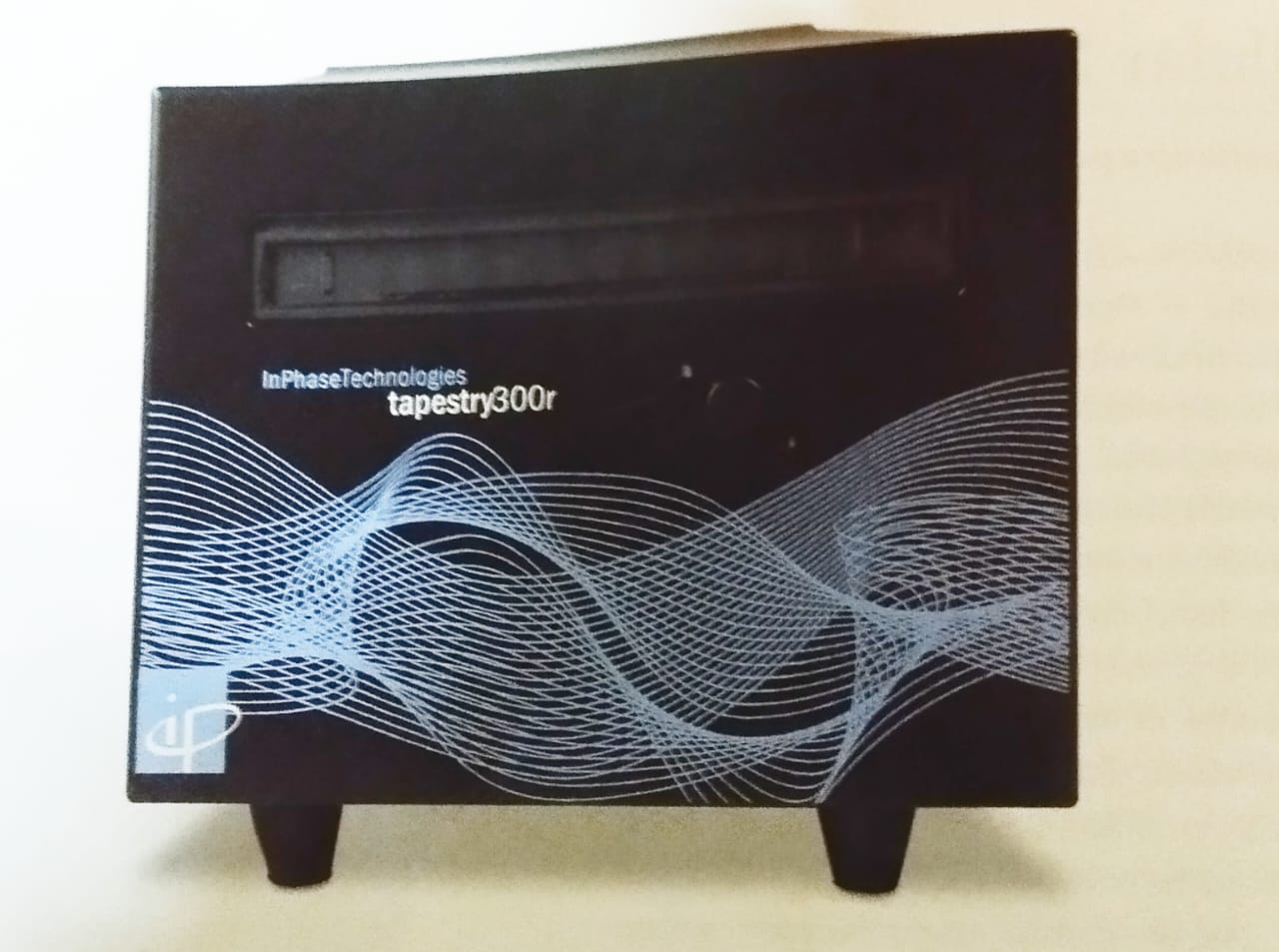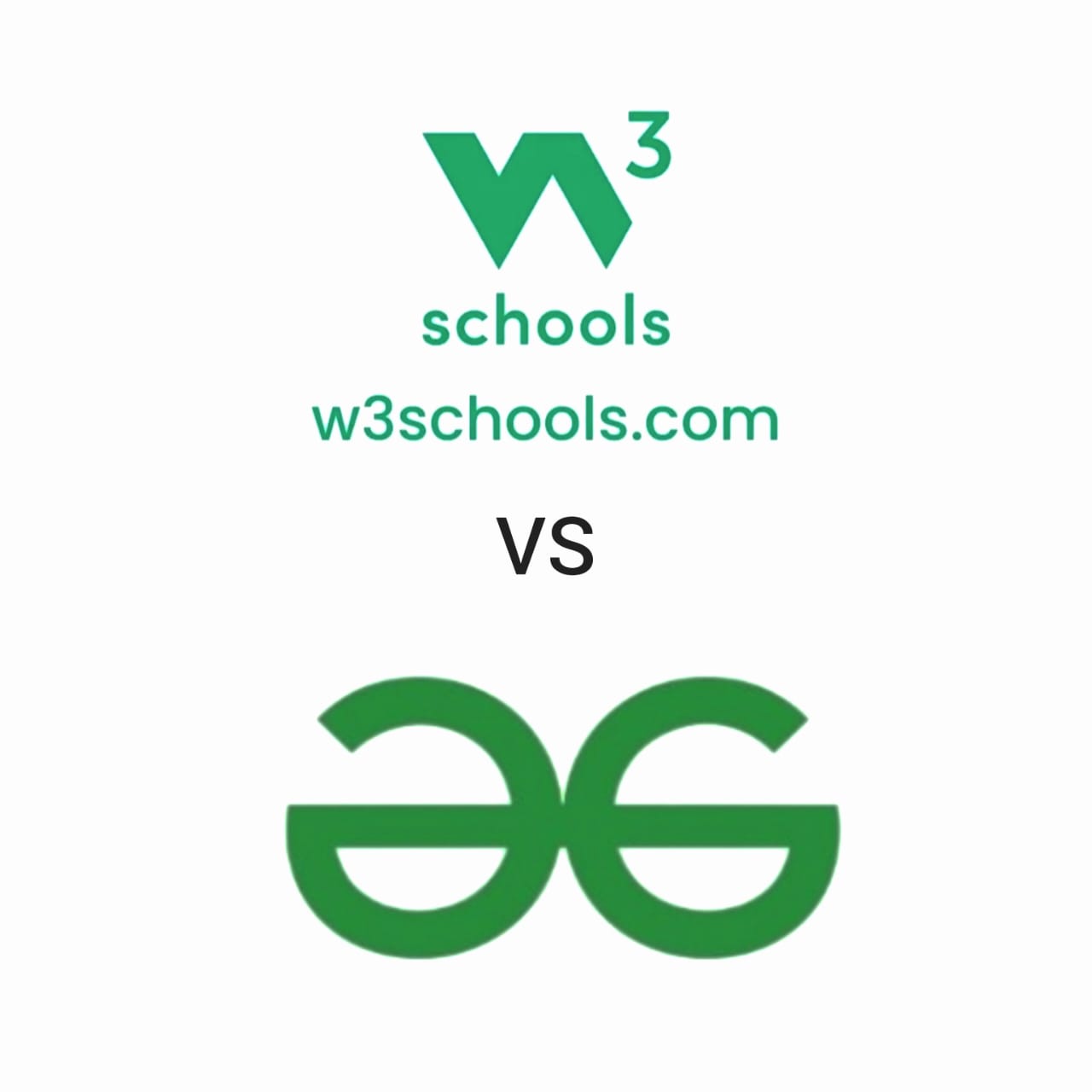Introduction
In the vast realm of digital technology, memory serves as the cornerstone of storing, accessing, and managing data. Traditional memory systems have long been the backbone of digital devices, offering reliability and performance to users worldwide. However, with the relentless march of technological progress, a new player has emerged on the scene – holographic memory.
Holographic memory represents a paradigm shift in the way we perceive and utilize digital storage. Unlike conventional memory technologies such as magnetic storage or semiconductor-based memory, holographic memory leverages the principles of holography to store and retrieve vast amounts of data in three dimensions. In this introduction, we’ll delve into the revolutionary potential of holographic memory and its transformative impact on the digital landscape.
Understanding Holographic Memory
To comprehend the significance of holographic memory, it’s essential to grasp how it differs from traditional memory systems. While conventional methods rely on two-dimensional storage techniques, holographic memory harnesses the power of light interference patterns to store data in three dimensions. This enables holographic memory to achieve unparalleled storage densities and data access speeds.
At the heart of holographic memory lies the concept of holography, which involves capturing and reconstructing the interference pattern generated by the interaction of light waves. Unlike traditional photography, which records only the intensity of light, holography captures both the intensity and phase information of light waves. This allows holographic memory to store vast amounts of data in a compact volume, opening up new possibilities for digital storage.
The Advantages of Holographic Memory
The transition to holographic memory brings forth a myriad of advantages that redefine our understanding of digital storage. One of the most significant benefits is the enhanced storage capacity offered by holographic memory solutions. By leveraging three-dimensional storage techniques, holographic memory can achieve storage densities orders of magnitude higher than traditional memory systems. This means that users can store vast amounts of data in a fraction of the space required by conventional methods.
In addition to increased storage capacity, holographic memory also boasts faster data access speeds compared to traditional memory systems. This is due to the parallel nature of holographic data retrieval, which allows multiple data points to be accessed simultaneously. As a result, users can enjoy near-instantaneous access to their data, making holographic memory ideal for high-performance computing tasks and real-time applications.
Furthermore, holographic memory offers improved reliability and durability compared to traditional memory technologies. By storing data in three dimensions, holographic memory reduces the risk of data loss or corruption caused by physical wear and tear. This makes holographic memory well-suited for mission-critical applications where data integrity is paramount.
Applications of Holographic Memory
The versatility of holographic memory opens up a plethora of applications across various industries. In the realm of data storage, holographic memory is poised to revolutionize the way we store and manage information. From massive data centers to personal computing devices, holographic memory offers a scalable and efficient solution for storing vast amounts of data.
Moreover, holographic memory holds immense potential for advancing computing technologies. By enabling faster data access and processing speeds, holographic memory can accelerate the performance of next-generation computing systems. This includes applications such as artificial intelligence, machine learning, and scientific simulations, where large datasets and complex computations are commonplace.
Additionally, holographic memory paves the way for immersive experiences in virtual reality (VR) and augmented reality (AR) applications. By providing high-speed access to volumetric data, holographic memory enables seamless rendering of realistic environments and interactive content. This enhances the immersion and realism of VR and AR experiences, making them more engaging and compelling for users.
Challenges and Future Outlook
Despite its promising potential, holographic memory still faces several challenges that need to be addressed. One of the primary challenges is the scalability of holographic memory technology. While current prototypes demonstrate impressive storage capacities, scaling up holographic memory to commercial levels remains a daunting task. Researchers are actively working on overcoming technical hurdles such as manufacturing scalability and cost-effectiveness to bring holographic memory to the mass market.
Another challenge is compatibility with existing infrastructure and standards. As holographic memory represents a departure from traditional storage technologies, integrating it into existing systems and platforms poses significant challenges. Standardization efforts are underway to develop interoperable protocols and interfaces for seamless integration of holographic memory into existing digital ecosystems.
Looking ahead, the future of holographic memory appears bright. Continued research and development efforts are expected to yield significant advancements in holographic memory technology, paving the way for new applications and innovations. From ultra-high-density storage solutions to ultra-fast computing platforms, holographic memory holds the key to unlocking the full potential of the digital landscape.
Conclusion
In conclusion, holographic memory represents a groundbreaking advancement in the field of digital storage. By harnessing the power of light and leveraging three-dimensional storage techniques, holographic memory is reshaping the way we store, access, and manage data. With its unparalleled storage capacity, faster data access speeds, and improved reliability, holographic memory is poised to revolutionize the digital landscape across various industries.
As we embark on this journey of exploration and innovation, it’s essential to recognize the transformative potential of holographic memory and its role in shaping the future of technology. By embracing holographic memory, we can unlock new possibilities and usher in a new era of digital storage and computing. The future is bright, and holographic memory is leading the way towards a more connected, efficient, and immersive digital world.
To know more about Holographic memory visit TECH TARGET.
If you liked this article do follow our site TIMES DIGEST for more such updates regarding Technology.











